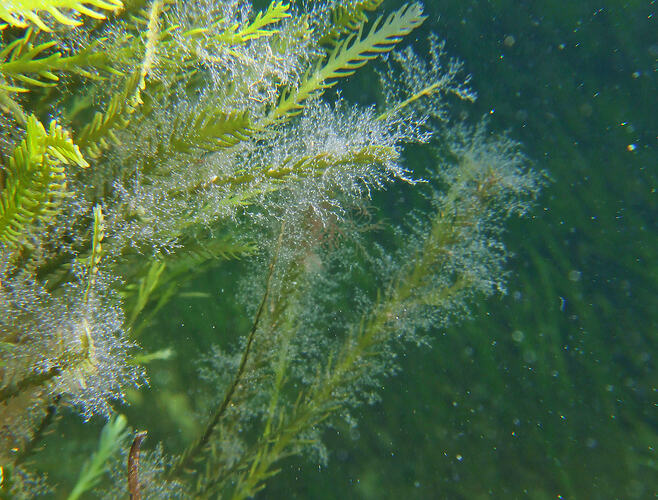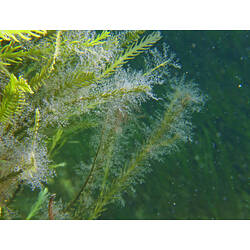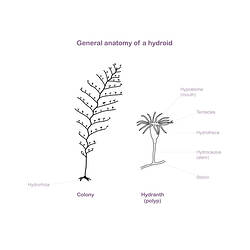General Description
Colony of individual polyps (hydranths) joined by root-like network of tubular stolons at the base. Colony shape is lacy. Colour: colonies dirty white, stems in older colonies brownish; medusae transparent white, stomach often golden brown. Often more than 6 cm long.
Biology
Colonies of this common southern Australian species grow and mature in winter.
Distribution
Temperate waters worldwide. In southern Australia.
Habitat
Subtidal, on algal and hard surfaces and invertebrates.
More Information
-
Animal Type
-
Animal SubType
-
Brief Id
Thick lacy white colonies.
-
Maximum Size
6 cm
-
Habitats
-
Diet
Plankton or Particles
-
Diet Categories
Plankton
-
Hazards
Generally not harmful but still able to sting bare skin.
-
Endemicity
-
Commercial
No
-
Conservation Statuses
DSE Advisory List: Not listed, EPBC Act 1999: Not listed, IUCN Red List: Not listed
-
Depths
Shallow (1-30 m)
-
Water Column Locations
On or near seafloor
-
Taxon Name
-
Scientific Author
(Linnaeus, 1758)
-
Common Name
Hydroid
-
Phylum
-
Class
-
Subclass
-
Order
-
Family
-
Genus
-
Species Name
dichotoma




